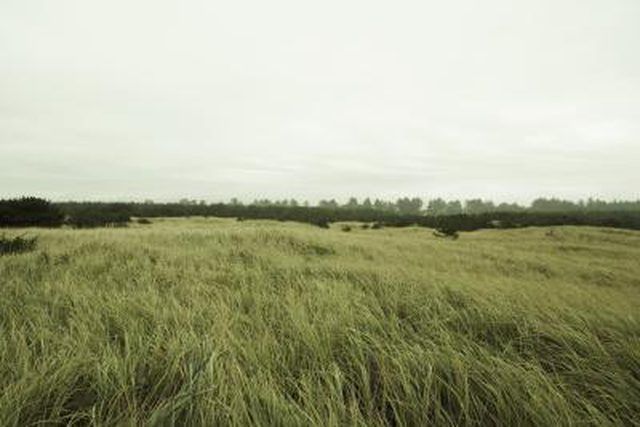Bulbs
Flower Basics
Flower Beds & Specialty Gardens
Flower Garden
Garden Furniture
Garden Gnomes
Garden Seeds
Garden Sheds
Garden Statues
Garden Tools & Supplies
Gardening Basics
Green & Organic
Groundcovers & Vines
Growing Annuals
Growing Basil
Growing Beans
Growing Berries
Growing Blueberries
Growing Cactus
Growing Corn
Growing Cotton
Growing Edibles
Growing Flowers
Growing Garlic
Growing Grapes
Growing Grass
Growing Herbs
Growing Jasmine
Growing Mint
Growing Mushrooms
Orchids
Growing Peanuts
Growing Perennials
Growing Plants
Growing Rosemary
Growing Roses
Growing Strawberries
Growing Sunflowers
Growing Thyme
Growing Tomatoes
Growing Tulips
Growing Vegetables
Herb Basics
Herb Garden
Indoor Growing
Landscaping Basics
Landscaping Patios
Landscaping Plants
Landscaping Shrubs
Landscaping Trees
Landscaping Walks & Pathways
Lawn Basics
Lawn Maintenance
Lawn Mowers
Lawn Ornaments
Lawn Planting
Lawn Tools
Outdoor Growing
Overall Landscape Planning
Pests, Weeds & Problems
Plant Basics
Rock Garden
Rose Garden
Shrubs
Soil
Specialty Gardens
Trees
Vegetable Garden
Yard Maintenance
What Is Soil Pollution?
What Is Soil Pollution?. Soil pollution results from the build up of contaminants, toxic compounds, radioactive materials, salts, chemicals and cancer-causing agents. The most common soil pollutants are hydrocarbons, heavy metals (cadmium, lead, chromium, copper, zinc, mercury and arsenic), herbicides, pesticides, oils, tars, PCBs and dioxins.Until...
Soil pollution results from the build up of contaminants, toxic compounds, radioactive materials, salts, chemicals and cancer-causing agents. The most common soil pollutants are hydrocarbons, heavy metals (cadmium, lead, chromium, copper, zinc, mercury and arsenic), herbicides, pesticides, oils, tars, PCBs and dioxins.
Until the 1970s, there was little talk of soil pollution and its devastating effects. In the 1980s, the U.S. Superfund was created to set guidelines for the handling of hazardous material and soil contamination cleanup. Today there are more than 200,000 sites awaiting EPA soil cleanup, which is very expensive and labor-intensive work. Even a small cleanup project can cost $10,000, while larger areas require millions of dollars to clean it up for future use.
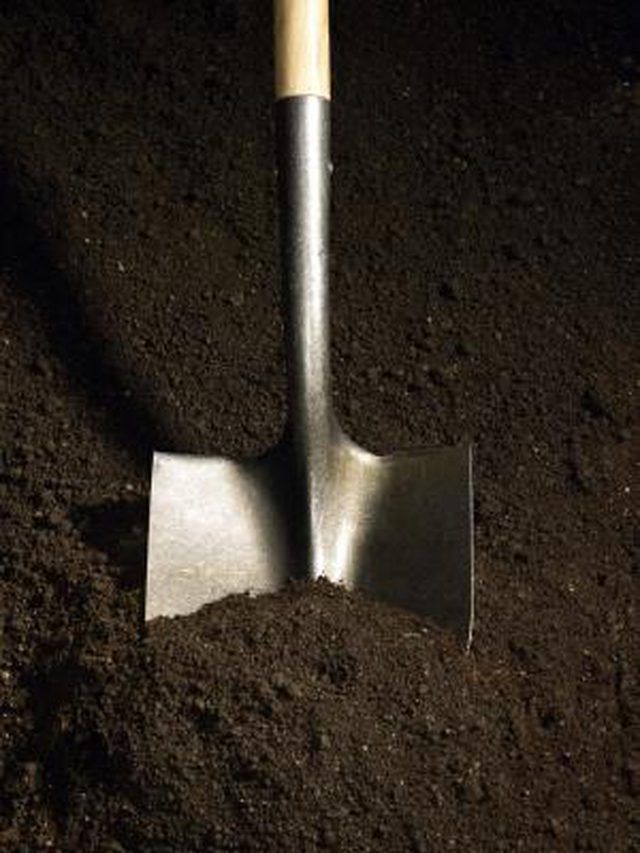
Following WWII and Vietnam, scientists discovered high incidences of mutation, miscarriage, mental defects, cancer and sickness in areas where nuclear warheads had been dropped. Food shortages also alerted officials that something was seriously wrong with the local soil. DDT and Dioxin were two of the worst pollutants from war aftermath.
In some cases, agricultural processes cause soil pollution. High levels of radionuclides like nitrogen and phosphorus can be found surrounding farm centers containing high population densities of livestock. Pesticides applied to plants can also seep into the ground, leaving lasting effects. Heavy metals can arrive in the soil by using polluted water to wet crops and by using mineral fertilizers.
Industry is to blame for some of the biggest soil-pollution disasters. Heavy metals come from iron, steel, power and chemical manufacturing plants that recklessly use the Earth as a dumping ground for their refuse. Plants that burn their waste on-site are guilty of releasing heavy metals into the atmosphere, which come to settle in the soil, thus leaving behind lasting effects for years to come. Even companies that try to dispose of their waste properly contribute to the problem when faulty landfills and bursting underground bins leach undesirable toxins into the soil.
Mining leaves a tremendous impact on the surrounding communities. The 2001 West Virginia Geological and Economic Survey found that people living near mines have a 70 percent higher risk of kidney disease, 64 percent higher risk for chronic obstructive pulmonary disease and a 30 percent higher risk of high blood pressure. "People in coal-mining communities need better access to health care, cleaner air, cleaner water, and stricter enforcement of environmental standards," concluded Michael Hendryx, Ph.D., associate director of the WVU Institute for Health Policy Research.
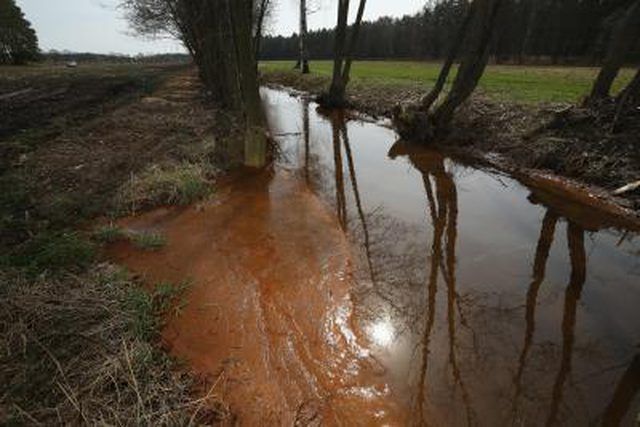
Before purchasing land for development or inhabiting, it's important to have a soil test performed to ensure a sound investment. A soil test can reveal the presence of nitrogen, phosphorus, potassium, sulphur, calcium, magnesium, iron, manganese, copper, zinc, boron, molybdenum and aluminum. It can also analyze soil acidity, electrical conductivity, organic matter, moisture content, and identify dangerous soil contaminants like benzene, petroleum hydrocarbons, xylene and toulene. Even if the soil is in fine condition for planting, landowners can use their soil tests to make more informed decisions regarding fertilizers and crop growing. Most people call in a local professional to do the job, although stores like Home Depot and Lowe's are now selling do-it-yourself mail-in kits as well.
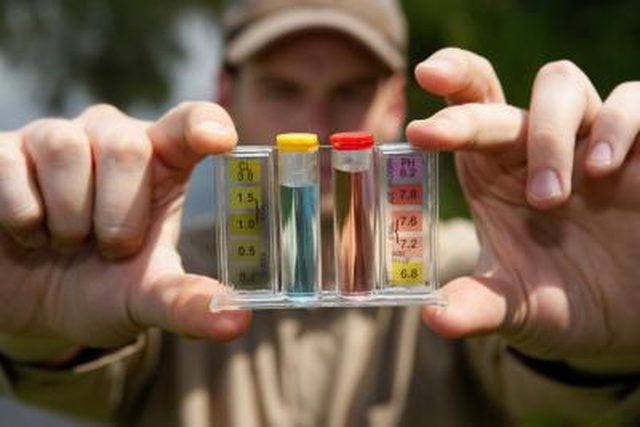
Love Canal is perhaps the most famous case study of soil pollution. In the snowy winter of 1976, chemical waste began to seep above ground in school playgrounds and communities in Niagara Falls, New York. The area suffered high incidences of stillborn births, miscarriages and birth defects. Officials soon realized that there were over 400 toxic substances in the air, water and soil -- many of them cancerous. As it turns out, the area had been used as a chemical dumping ground for more than 22,000 tons of toxic waste at the turn-of-the-century, when no one was aware of the hazardous impact it could have decades later.
Another one of the most infamous cases of soil pollution happened in Chernobyl, a small town in Russia. A nuclear power plant exploded in April of 1986, which caused a sevenfold increase in birth defects, a marked increase in cancer that was passed down to future generations, livestock death and mutation and tainted agriculture. It's estimated that 40 percent of Chernobyl is still uninhabitable due to radiation contamination that is ten times the normal level in some places.
Ethiopia is filled with both air and soil pollution. The worst area is in Somalia's Ayaha valley near Hargeysa. To boost their economy, many farmers began using chemical fertilizers and pesticides to increase productivity without understanding the full ramifications. Over their war-torn years, metal drums holding 14,200 liters of chemicals like fenitrothion, malathion, diazionon and durban were punctured. As a result, land pollution has caused widespread famine and sickness.
China is a nation that is developing rapidly -- perhaps faster than safety permits. "It is estimated that nationwide 12 million tons of grain are polluted each year by heavy metals that have found their way into soil," Zhou Shengxian, director of the State Environmental Protection Administration, announced in July 2006. "Direct economic losses exceed 20 billion yuan (about 2.5 billion U.S. dollars). Soil pollution has worsened. According to incomplete statistics, about 150 million mu (10 million hectares) of arable land in China has been polluted."
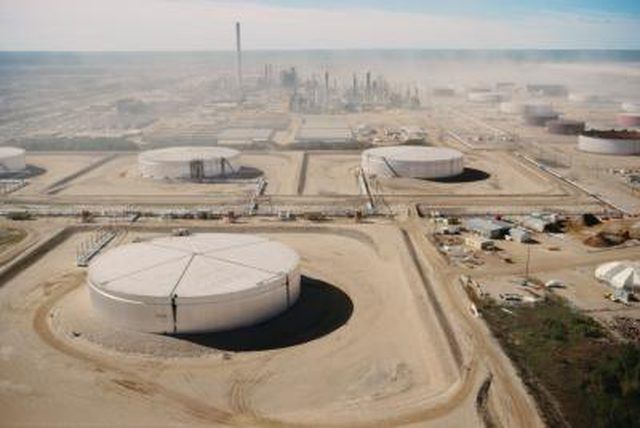
"When old factories are relocated, they just dismantle the houses, carry away the machines and nothing else is left to be done. The land that used to be a production site either is turned into farmland or real estate. Few understand that this land has become sick," explains Zhao Qiguo of the Chinese Academy of Sciences' Institute of Soil Science.
People living near polluted land have higher incidences of migraines, nausea, fatigue, miscarriage and skin disorders. Long-term effects of pollution include cancer, leukemia, reproductive disorders, kidney and liver damage, as well as central nervous system failure. Children often suffer from developmental problems and weakened immune systems.
In addition to direct health effects, soil pollution also harms plants that feed Americans. Chemicals can sometimes absorb into food like lettuce and be ingested. Other times, the pollutants simply kill the plants, which has created widespread crop destruction and famine in other parts of the world. The entire ecosystem changes when new materials are added to the soil, as microorganisms die off or move away from contaminants.
Predators who feed off the microorganisms and worms in the polluted soil will also be affected. Researchers found that some species of birds -- like the Peregrine Falcon, the Brown Pelican and the Bald Eagle -- fell prey to DDT poisoning, which caused egg shells of future generations to thin. Mother birds would arrive home to omelets in their nests, as the thin shells could not support the weight of the incubating offspring. Mortality rates increased, nearly sending the birds to extinction.
If nothing is done to clean up soil pollution, water supplies could become contaminated, threatening the human species. Sudden fires or explosions will occur from underground landfill gases, pipelines and building structures may corrode and once beautiful regions will turn into cesspools, experts warn.
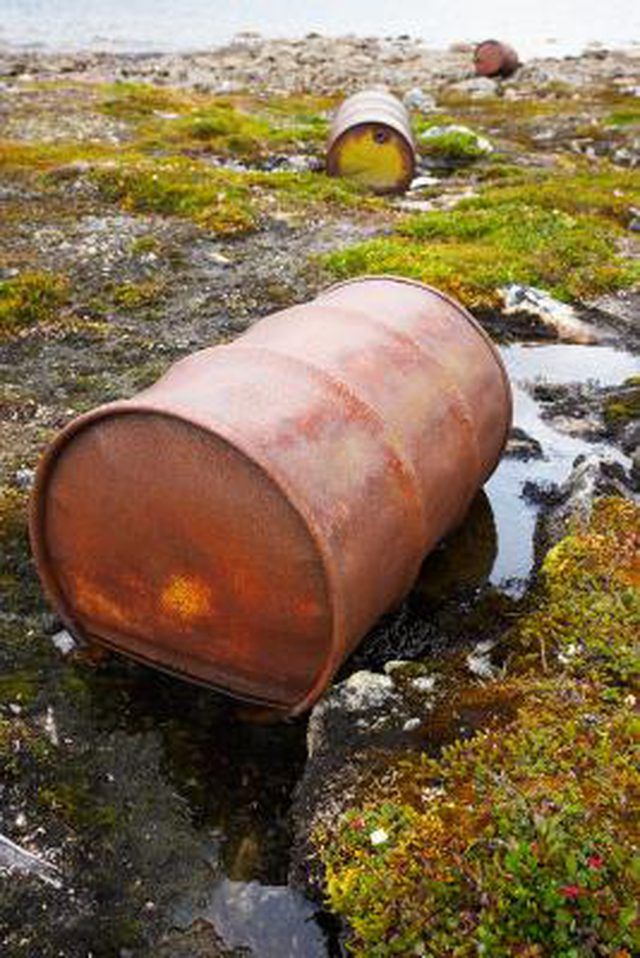
The conventional methods of soil pollution are very time-consuming and very costly. EPA officials excavate the soil to dispose of it elsewhere -- a band-aid for the problem, no doubt, but essential for toxic disasters in highly populated places. Soils can be aerated, heated up in a process called thermal remediation, contained with pavement or caps, extracted with an active electromechanical system or propagating the soil with microbes that will digest organic pollutants.
New processes are being developed to combat the problem in a natural, less laborious way. By studying plants that grew naturally in toxic mines, scientist Chen Tongbin discovered that certain plants loved to eat heavy metals like arsenic, bronze, lead, zinc, cobalt and cadmium. The contaminants can then be retrieved from the plant's leaves and used in industrial materials. This safe and effective method isn't perfect, but it's a start.
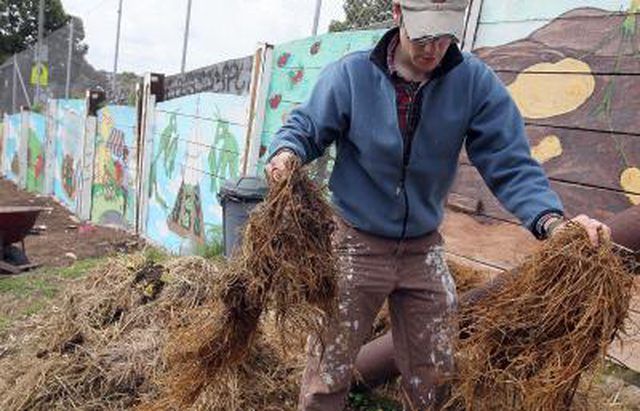
Naturally, prevention is the best cure for soil pollution. Most states have enacted tougher legislation to stop illegal dumping. For instance, one can expect five years in jail and a fine of $100,000 for soil pollution in Texas.
Educating consumers about the dangers of littering, while encouraging recycling programs, is a good way to ensure everyone does their part to keep debris where it belongs. Consumers can also make a concerted effort to buy organic foods to demand that chemical pesticides aren't used on their foods.
People who grow their own food can keep excess nitrogen and phosphorus out of the soil by choosing crops that do not need as many nutrients from the soil, by applying fertilizer during the growing season to replenish the soil, by shortening the grazing season / cattle density, by using organic compost, by keeping the surface moist and mulched, and by choosing fruiting crops like tomatoes, squash, peas and corn. Gardens should be situated away from old painted buildings and roadways. Outer leaves of lettuce should be discarded and all vegetables should be washed before eating.
Over the years, stronger and more indestructible bins were created to store hazardous materials. Researchers will continue to look for ways to improve manufacturing and agricultural processes to avoid the need for toxic byproducts. Business leaders, miners and community officials will work together to reduce wastefulness and contaminants to keep the world a clean place for future generations.
